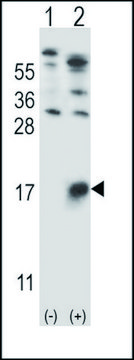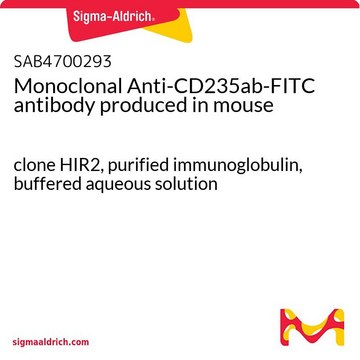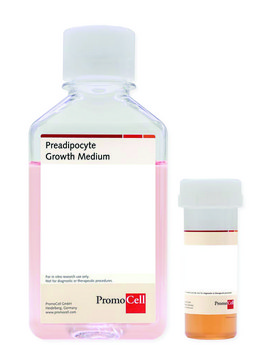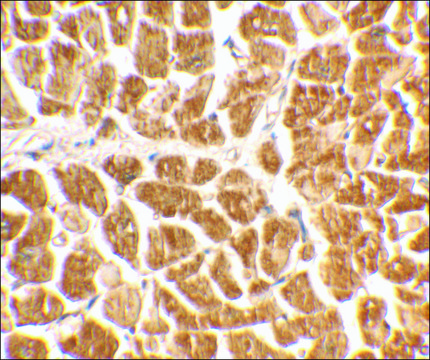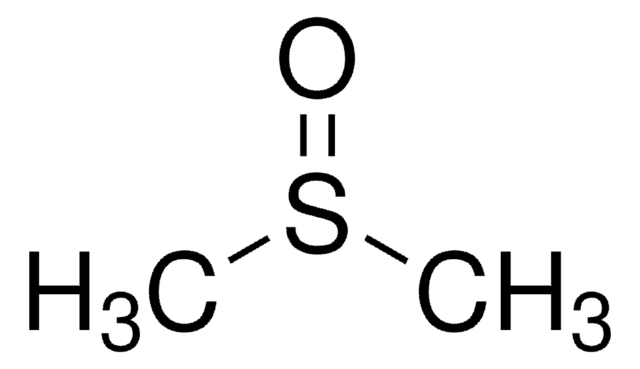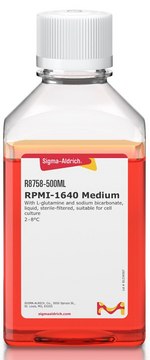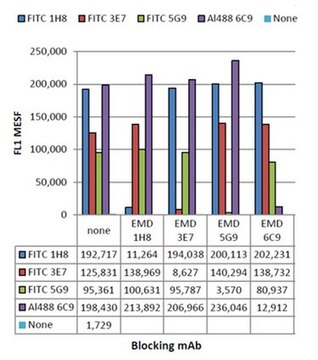G7650
Anti-Glycophorin A,B (α,δ) antibody, Mouse monoclonal
clone E3, purified from hybridoma cell culture
About This Item
Recommended Products
biological source
mouse
Quality Level
conjugate
unconjugated
antibody form
purified immunoglobulin
antibody product type
primary antibodies
clone
E3, monoclonal
species reactivity
human
technique(s)
agglutination assay: 1:400
flow cytometry: suitable using bone marrow nucleated cells
indirect immunofluorescence: suitable using bone marrow nucleated cells
western blot: 0.5-1 μg/mL using extracts of red blood cell ghosts2
isotype
IgG1
shipped in
dry ice
storage temp.
−20°C
Gene Information
human ... GYPA(2993) , GYPB(2994)
Specificity
Immunogen
Application
- immunoblot analysis to monitor the shaving completion of human RBC membrane protein components on the cytoplasmic surface, the extracellular surface, and the erythrocyte cytoskeleton.
- immunoprecipitation of glycophorin A/B from erythrocyte membrane lysate.
- immunoblot analysis at a working concentration of 0.5-1μg/mL with extracts of red blood cell ghosts
- indirect immunofluorescence and flow cytometry with bone marrow nucleated cells.
Biochem/physiol Actions
Physical form
Disclaimer
Not finding the right product?
Try our Product Selector Tool.
Storage Class Code
12 - Non Combustible Liquids
WGK
WGK 3
Flash Point(F)
Not applicable
Flash Point(C)
Not applicable
Regulatory Information
Choose from one of the most recent versions:
Already Own This Product?
Find documentation for the products that you have recently purchased in the Document Library.
Our team of scientists has experience in all areas of research including Life Science, Material Science, Chemical Synthesis, Chromatography, Analytical and many others.
Contact Technical Service